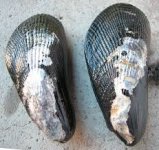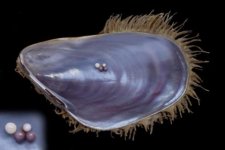I was wondering if anyone here might know a reason why blue mussels in certain locations would have drastically higher incidences of pearls than in other populations. I have found that at a particular beach nearly every blue mussel I gather will contain at least one small pearl (with some being absolutely riddled with pearls), while many other locations seem to have practically no pearls whatsoever. If anyone has any thoughts on what might cause some mussels to be so particularly pearl-riddled (even among the pearlier populations), I would be really interested to hear that too!
On a slightly different, but related topic, how can one tell if a species produces nacreous pearls or non-nacreous concretions? I have noticed that ribbed mussels have extremely iridescent interiors that appear nacreous to me, but I have never heard them described as a "nacreous" species (or even heard of anyone looking for pearls in them at all). I've attached photos of a large-ish blister pearl I found a while ago in a ribbed mussel, as well as an image from google showing the iridescence of their shells.
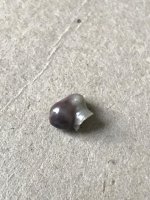
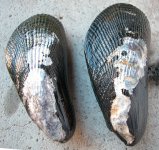
Edit: and just for fun, here's my collection of blue mussel pearls and my quahog pearl for eye candy!
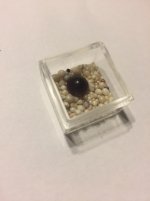
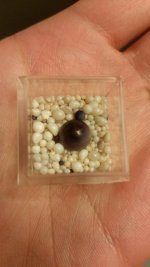
On a slightly different, but related topic, how can one tell if a species produces nacreous pearls or non-nacreous concretions? I have noticed that ribbed mussels have extremely iridescent interiors that appear nacreous to me, but I have never heard them described as a "nacreous" species (or even heard of anyone looking for pearls in them at all). I've attached photos of a large-ish blister pearl I found a while ago in a ribbed mussel, as well as an image from google showing the iridescence of their shells.


Edit: and just for fun, here's my collection of blue mussel pearls and my quahog pearl for eye candy!


Attachments
Last edited:

